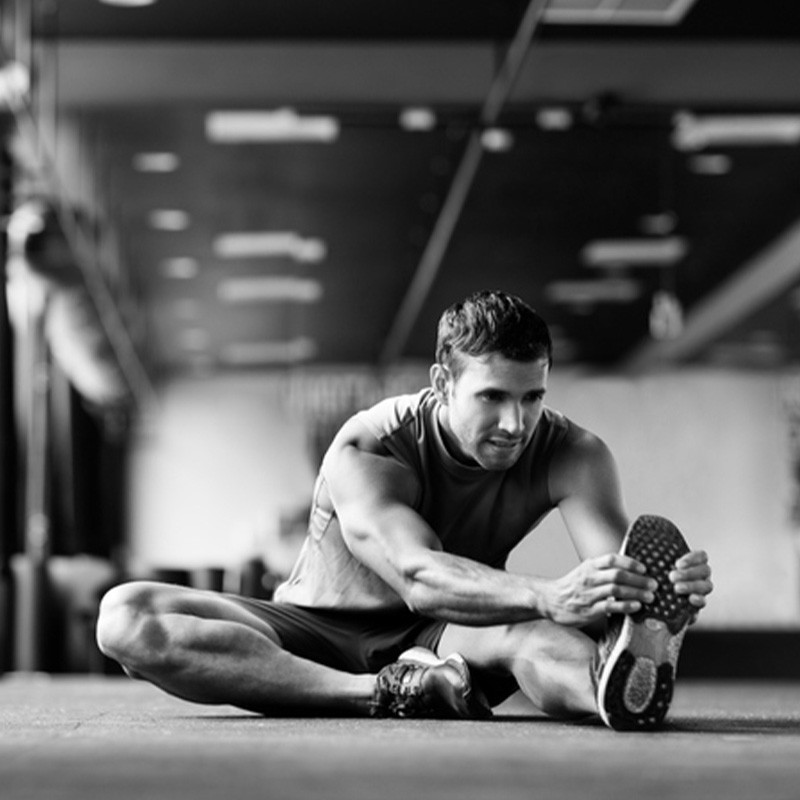How To Recover From A Workout
Feed Your Muscles
Good refuelling is as important as the reps you bank in training, because muscle glycogen is replenished through what you eat. However, it’s not all about the protein, says Dr Mike Molloy, founder of M2 Performance Nutrition. “So many guys forget that carbs are just as important as protein when it comes to recovery. In a nutshell, eating carbs blunts the ‘flight or fight’ response from high intensity training and helps the body and brain shift into a ‘rest and digest’ mode much faster. You should aim to consume around 30g of carbs in the hour post-workout.” When it comes to protein, aim for 1.5-2.2g of protein per kg of bodyweight per day, says Dylan Salamon, PT and co-founder of Down to Flow Escapes. “A good protein hit is essential after a workout. Also remember that after hitting the gym, your cells are at their hungriest, so you can afford to eat a little ‘dirtier’. I recommend eating a good amount of natural sugars – fruit is great – with your post-workout meal.”
Know Your Nutrients
As well as protein and carbs, the body needs certain nutrients to recover optimally. Magnesium, for example, plays a central role to muscle recovery. If you’re struggling to bounce back from a workout and frequently get cramp, your magnesium levels could do with topping up. There’s also evidence that very physically active people need higher levels. As with any nutrient, getting magnesium through your diet is preferable to supplements – good sources include leafy greens, nuts, seeds and whole grains. “Vitamin C and L-glutamine are also worth keeping on your radar,” adds Josh Davies, PT at Aimee Victoria Long. “Vitamin C helps with the production of collagen, which is used in the recovery of ligaments and tendons. Broccoli and peppers have great levels of vitamin C. L-glutamine, meanwhile, is an amino acid that’s used to repair muscles. You can get it from protein-rich foods but if you don’t eat meat, considering taking 5g per day in the form of a supplement.”
Swap Protein Powder For Creatine
“Taking in protein is certainly important, but as long as you’re eating enough overall protein throughout the day, and distributing it evenly, a post-workout shake is less important than you might think,” Mike says. “If that post-workout shake helps you to hit your daily protein goal, great but don’t obsess over protein powder,” he says. Instead, try creatine, an amino acid believed to improve strength, increase lean muscle mass and aid recovery. “Creatine is one of the most overlooked post-workout nutrients and is steeped in science,” adds James Heagney, gym director at KX. “Creatine is great for anyone looking to support training and recovery: 5g taken with food – three months on and one month off repeated throughout the year – is a good place to start.”
Have An Active Rest Day
There’s more to a rest day than lounging on the sofa. “There’s a growing body of evidence pointing to the benefits of active recovery days,” says Tom Cuff-Burnett, PT and movement health specialist. “This entails light, low-impact activities focused around joint mobility, muscle elasticity and gentle pulse-raising. Examples include walking, easy cycling, swimming and yoga. These activities help boost blood flow to your muscles and joints, both of which facilitate the delivery of nutrients that contribute to their repair and growth, and eliminate substances that hinder them, such as lactic acid.” That said, if you’re struggling to sleep, have consistently low energy levels and are struggling to wake up in the morning, it could be worth taking an additional rest day or two. “If any of this sounds familiar, step back and take a look at whether you’re recovering well enough,” says Josh.
Hit The Pillow
“Sleep is the king and queen of recovery,” stresses Jack Coxall, co-founder and PT at Fitness Lab. “If you don’t focus on maximising your sleep, it doesn’t matter what fancy recovery tools you use – you won’t be recovering and will always be at a disadvantage. Remember performance isn’t improved in the gym, it is improved when sleeping. When you sleep, your body carries out vital biological processes in order to adapt to what has happened during the day. You also can’t catch up on sleep. If it hasn’t happened, it hasn’t happened.” Aim for eight hours of sleep every night, ideally with a consistent bed and wake-up time for maximal recovery.
Invest In A Foam Roller
A form of self-massage, foam rolling is a helpful recovery strategy, particularly if you sit at a desk all day. “Foam rolling is a very simple technique, albeit one that provides a short-term fix,” says Jack. “Is it a magic tool that will improve your flexibility and make you super human? No. But it can provide short-term changes in mobility and range of movement, which can be useful for certain individuals.” Dylan agrees, saying foam rolling signals to the central nervous system to alter the activity of the muscles, relaxing them, creating space between the fascia and improving blood flow. “Science shows it can improve localised flexibility for up to ten minutes. However, when done on a regular basis, it can lead to fantastic lasting changes. Start with the softest foam roller you can find and move as slow as you possibly can.”
Enlist The Experts
Sports massages feel good, but do they really do anything? A recent study found no clear evidence of a positive effect on measures of sports performance, such as strength or jump height. And although massage did improve flexibility and muscle soreness, that didn’t translate into better performance. “At the same time, sports massage can improve sleep and decrease muscle tension, to name a few, so it can be a great addition to your training regime,” says Tom. “How often you get one will of course depend on budget. If you take the gym seriously, once every fortnight is optimal, and for those engaging in less regular, lighter physical activity (i.e. around three gym sessions a week), once per month is usually more than enough.”
Try Cold Therapy…
Wellness trends may come and go, but cold therapies have been used for millennia. Taking things one step further than the classic ice bath, cryotherapy is one of the recovery world’s biggest buzzwords. “If you’re looking to kickstart muscle recovery, cryotherapy is worth a try,” says Josh. “It involves standing in a chamber, where the temperature is -110ºC, for three minutes. This forces the body to pump more blood to the vital organs to protect them in the freezing temperatures. When you step out of the chamber, fresh blood pumps back to your extremities, in turn getting rid of lactic acid.” In the context of physical recovery, cryotherapy has been shown to aid the repair of muscle and ligament strains, enabling a speedier recovery process. It does, however, come at a cost: a three-minute session is at least £100. “If you are serious about cryotherapy and want to get your money’s worth, wait at least four hours after hitting the gym,” James recommends. “If you do it sooner than this, you risk blunting your body’s muscle-building process.”
…Or Heat Things Up
If subjecting yourself to sub-zero temperatures isn’t your thing, the right kind of heat therapy can be just as efficient. “Heat therapy – aka thermotherapy – works by eliciting the opposite bodily reaction from cryotherapy,” says Tom. “An increased temperature causes the heart rate to increase and blood vessels to widen. This improves circulation and blood flow to joints and muscles, helping to relax, soothe and heal damaged tissues and increase muscle flexibility.” Want to dip your toe in? An infrared sauna is the way to go, says Tom. “Infrared saunas differ from traditional saunas in that they heat the body directly without warming the air around you. This makes them preferable for those who can’t tolerate the heat of a conventional sauna but still want the health benefits.”
We've Rounded Up The Very Best Products To Aid Your Recovery...
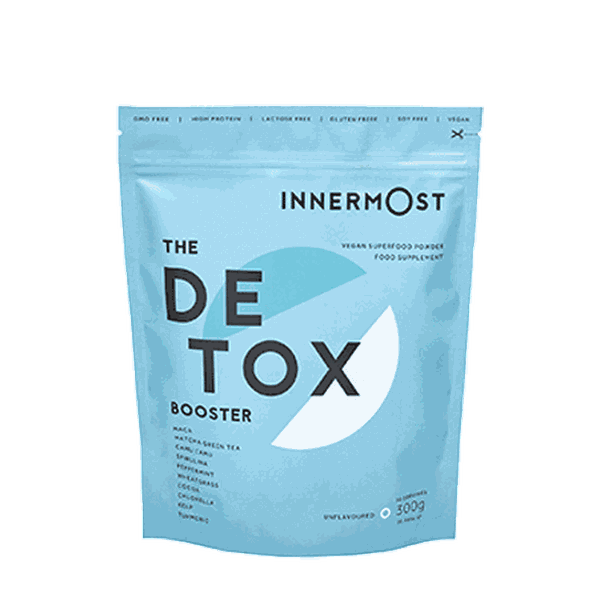
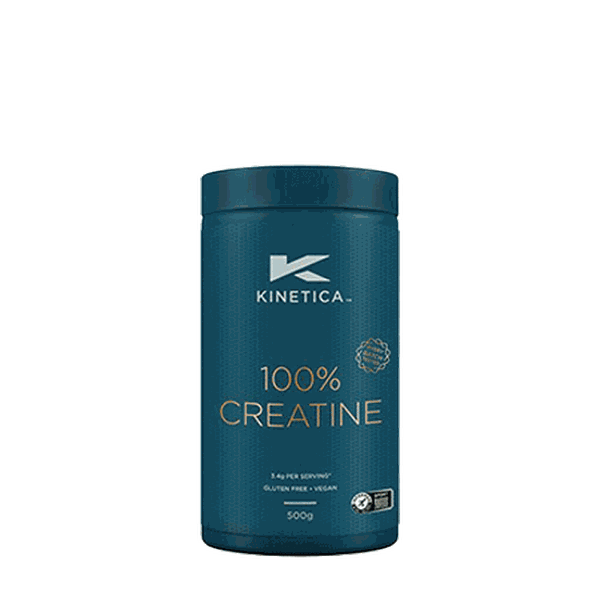
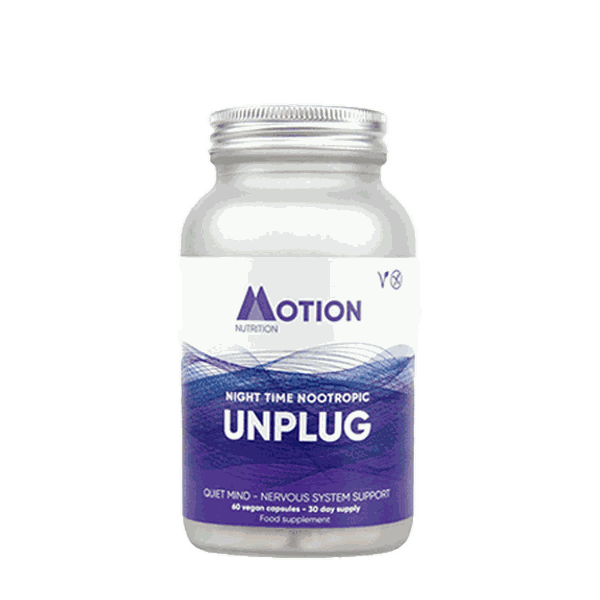
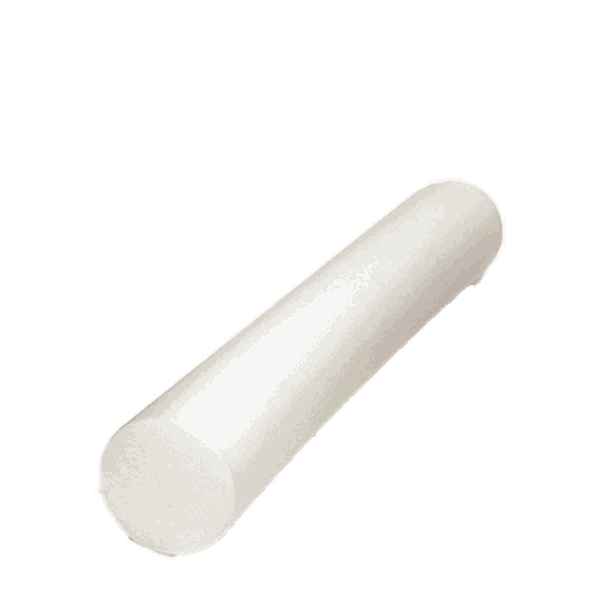

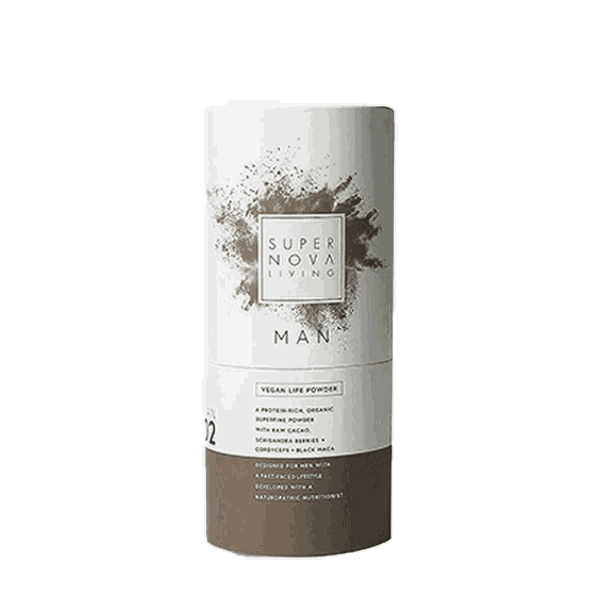
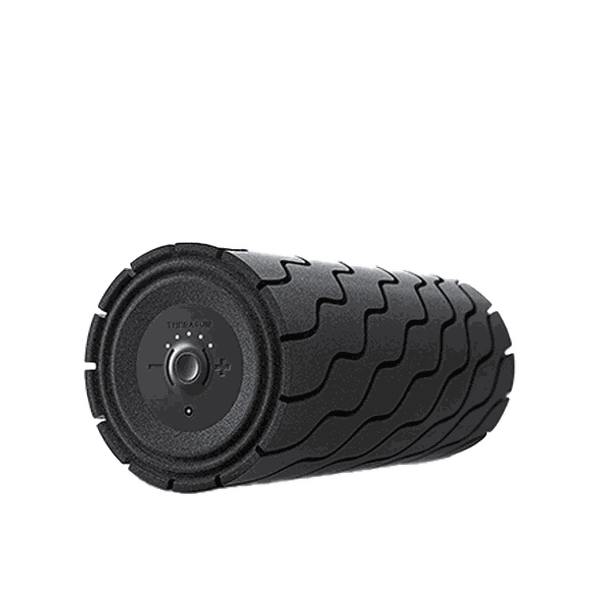
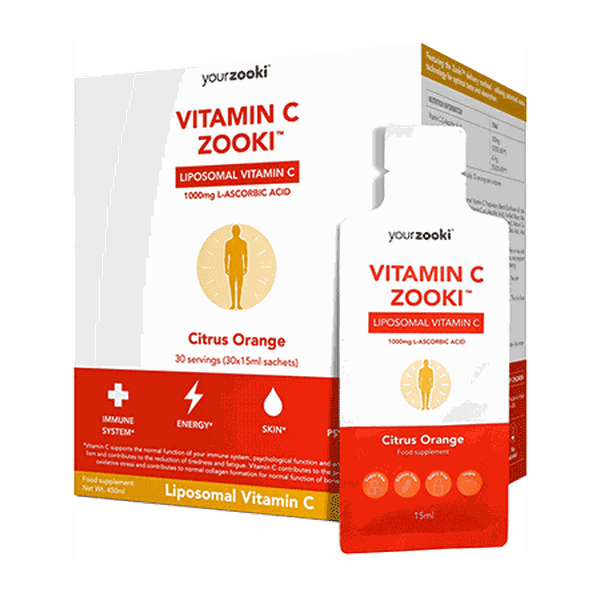
For more information, head to M2PerformanceNutrition.com, AimeeVictoriaLong.co.uk, DownToFlowEscapes.com, KXLife.co.uk, FitnessLab.Fit and follow Tom @TomCuffB_Fitness.
DISCLAIMER: Features published by SLMan are not intended to treat, diagnose, cure or prevent any disease. Always seek the advice of your GP or another qualified healthcare provider for any questions you have regarding a medical condition, and before undertaking any diet, exercise or other health-related programme.
All products on this page have been selected by our editorial team, however we may make commission on some products.
DISCLAIMER: We endeavour to always credit the correct original source of every image we use. If you think a credit may be incorrect, please contact us at [email protected].
